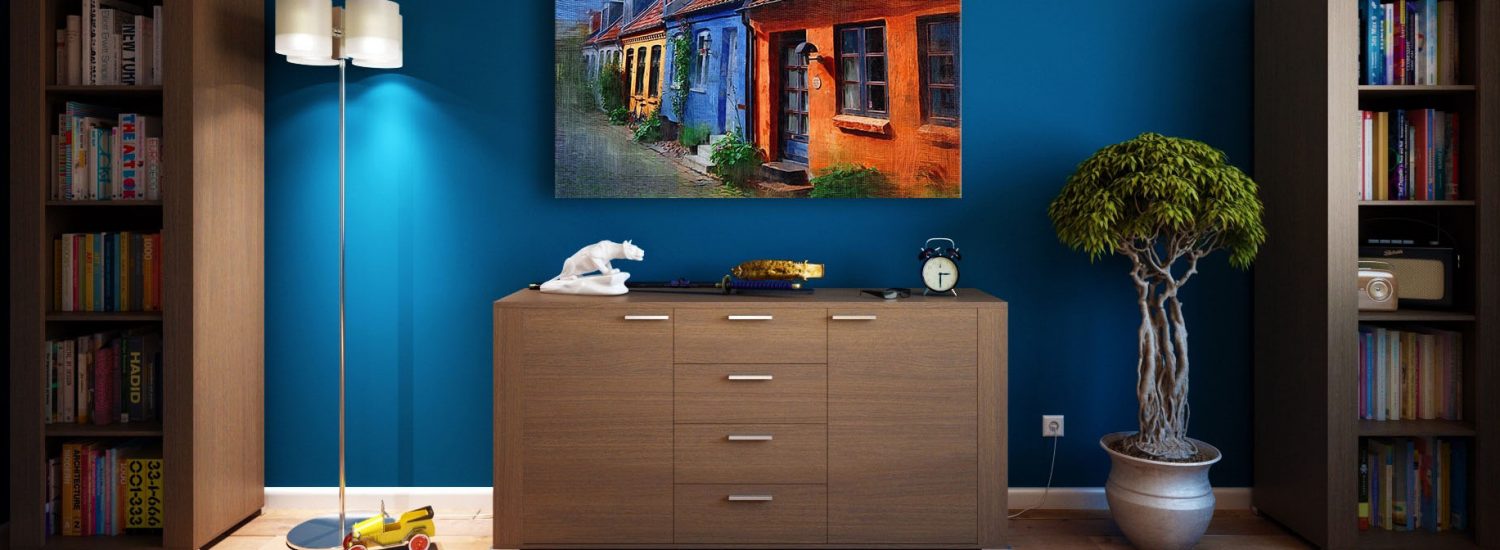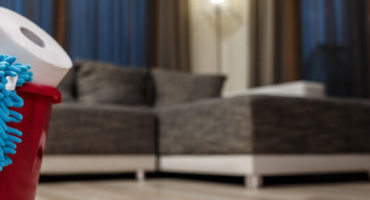5 tips for a healthy home

We spend up to 90 percent of our time indoors. Even if it does not seem, the air indoors can be more polluted than outside. A regular ventilation and setting the right room temperature to help prevent molds is essential for a healthy home.
Keep the ideal temperature
The question of what the ideal room temperature is has several answers depending on which specific room we are talking about. The spaces in which we move around during the day should be heated to approximately 20°C. A reduction of three degrees is better for sleeping. You sleep better in a cooler bedroom and it is healthier for the body. Higher temperature at home (above 24°C) limits mental performance, increases heart rate, induces fatigue, and dries the mucous membrane.
Recommended temperatures for specific rooms: living room 20 to 22°C, bedroom 17 to 20°C, children bedroom 20 to 21°C, bathroom 22 to 24°C, corridors 17 to 19°C. Don´t forget that the relative humidity of the air also affects the thermal sensation.
Keep it open
Proper ventilation is a simple trick that ensures a healthy household. What should it look like? Let the fresh air in at least three times a day, short but intense – this way the air will be exchanged without major heat leakage. From spring to autumn, you can open your windows for up to 30 minutes, in winter shorten this time to 10 minutes. Don´t open your windows when it rains outside, it will increase the humidity inside.
If you prefer not to check the optimal conditions for ventilation, there are other options now. For example, roof window manufacturers now offer intelligent systems for a healthy household, thanks to which you don´t need to think about ventilating the house anymore. The system continuously evaluates data from indoor climate sensors, measures CO2, humidity and temperature. Based on the data obtained, it ensures fresh air is supplied by opening the electrically operated roof windows.

Remove dust collectors
Textiles such as carpets, curtains, or covers are paradise for mites and dust. Did you know that one gram of dust contains 2,000 to 15,000 mites? They enjoy warmth and humidity. If you have a family member that suffers from allergies, avoid unnecessary textiles, or get special carpets marked with „TÜV-Siegel: Für Allergiker geeignet“. This means that they are suitable for allergic people. Such carpets, with good care, binds fine dust and reduce its concentration in the air twice as much.
Right vacuuming technique is also important as well as vacuums with water filters that capture the mites. A central vacuum cleaner which does not whirl dust also contributes to the good indoor air quality as well as air purifiers.
Surround yourself with green
Indoor plants give the interior not only coziness and freshness, but some of them can also clean the air and absorb harmful substances such as ammonia, formaldehyde, benzene or trichlorethylene. Toxic fumes indoors are released from cleaning products, varnishes, and even plywood and synthetic fibers.
Among very popular “green cleaners” are, for example, devil´s ivy, ficus, spider plant, dracaena, anthurium, snake plant, peace lily or very well-known philodendron. If you have a feeling of heavy air indoors, try a plant instead of synthetic fresheners.

Spider plant (Source: takprosto.cc)
Do not give mold a chance
A healthy climate is based on the right humidity, which should be around 50 percent. If you open the windows at home only sporadically, you probably live in a humid interior. You will also know it by a window condensation on which water vapor precipitates. Extreme humidity results in the formation of molds, which most often occur in the coldest places, like in corners, behind the furniture, on external walls and around windows.
Molds can be avoided by sufficient heating in combination with thorough ventilation and removal of thermal bridges – places where heat from the interior can escape to the exterior. These may be, for example, metallic elements in the wall or insufficiently insulated external walls. You know them by being cooler and more prone to condensation moisture.
Living with pets. How to keep clean?
There are many studies that confirm that living with a...
Show moreHow to clean efficiently and get rid of bacteria at home?
Harmonious households can have different definitions for different people. We...
Show moreCleaning mirrors can sometimes be a toil
Everyone knows that breaking a mirror brings 7 years of...
Show more
 household
household


